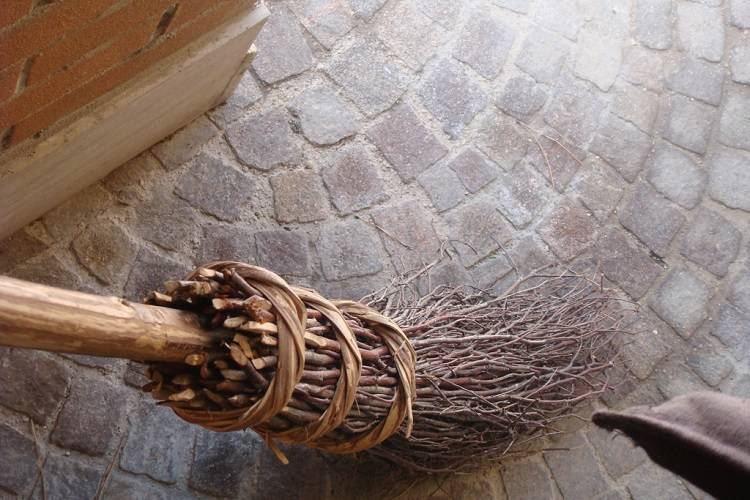The Legend of La Befana
We know. Familiar, right? Does she say, “Ho ho ho,” and associate with red-nosed reindeer, too?
Think again: La Befana has been flying around the world on her tattered broomstick to swoop down chimneys and deliver sweet or sooty judgment on girls and boys long before Kris Kringle could so much as grow a goatee. The witch has been in the Italian tradition at least since the eighth century, as part of the Epiphany.
In Italy, the Epiphany marks the official end of the Christmas season, commemorating the day when the three Wise Men arrived at the manger bearing gifts. Every year, the occasion is celebrated with living nativity scenes, a great procession through the city center, and — most exciting for the sweet tooths among us — the arrival of La Befana.
According to the story, the four figures’ fates were intertwined when the Magi happened upon La Befana early on during their quest. She charitably hosted them for an evening in her humble but cozy cottage; the next morning, they invited her to accompany them to Bethlehem. Busy cleaning her home, La Befana declined at first – but then, after they carried on their way – she had second thoughts. She quickly filled a basket with gifts for the baby Jesus and set off alone. Although she followed the same star, she was unable to find the manger before the Wise Men did on January 6, the Epiphany.
Today, La Befana continues to travel the world on Epiphany Eve, searching every house for the child and leaving candies and chocolates for the good children – just coal for the bad – in her wake. At Eataly, we are celebrating her arrival with panettoni and pandori, the traditional Italian holiday cakes, and other sweet treats.
Buon appetito!
This story was first published courtesy of Eataly Magazine.
Find the original story here.
Buona Befana!




































Comments
1
1
1
1